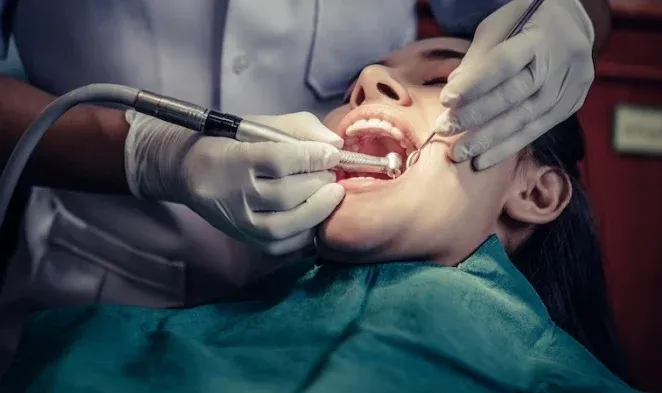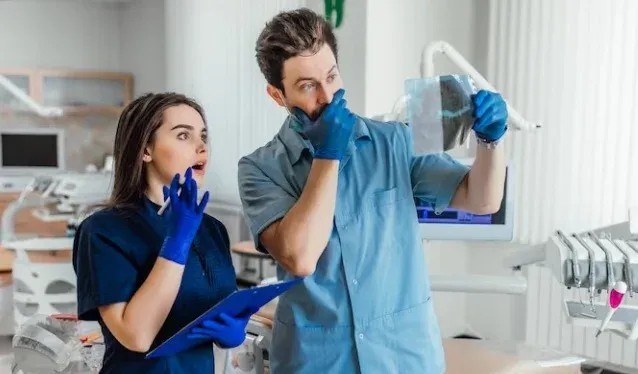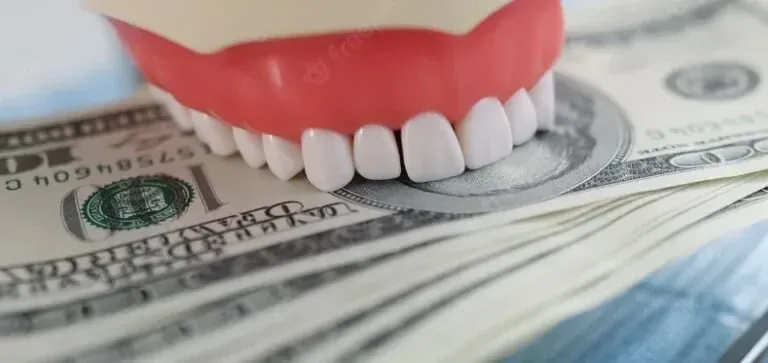How Long Should you Wait to Exercise After Tooth Extraction? Timing, Side Effects, and More
Tooth extraction is a common dental procedure performed for various reasons, including severe decay, infection, overcrowding,…
Tooth extraction is a common dental procedure performed for various reasons, including severe decay, infection, overcrowding, or wisdom tooth removal. After the extraction, it is crucial to prioritize rest as part of the healing process. In this comprehensive guide, we will explore the importance of rest after tooth extraction, how exercise can affect the healing process, when it is safe to exercise, types of exercise to avoid, and tips for safely resuming physical activity during your recovery.
The Importance of Rest After Tooth Extraction
Rest plays a pivotal role in the healing process after tooth extraction for several reasons:
1. Minimizing Bleeding:
After a tooth is extracted, a blood clot forms in the socket to aid in the healing process. Excessive physical activity can dislodge this clot, leading to prolonged bleeding, known as dry socket. Resting and avoiding strenuous exercise help prevent this complication.
2. Reducing Swelling:
Swelling and inflammation are common after tooth extraction. Resting with your head elevated can help reduce swelling and discomfort.
3. Promoting Tissue Repair:
Rest allows your body to allocate energy and resources toward the healing of the extraction site. This leads to a faster and more effective recovery.
4. Preventing Infection:
Exercising in a less sterile environment, such as a gym, can expose you to bacteria and increase the risk of infection at the extraction site. Resting at home in a clean, controlled environment reduces this risk.
How Exercise Can Affect Tooth Extraction Healing:
While exercise is an essential component of a healthy lifestyle, it can negatively impact the healing process after tooth extraction if not approached with caution:
1. Increased Blood Flow:
Exercise increases blood flow throughout the body, which can lead to increased bleeding at the extraction site and dislodging of the blood clot.
2. Elevation of Blood Pressure:
Strenuous exercise can raise your blood pressure, potentially causing further bleeding and delaying the healing process.
3. Risk of Injury:
Exercising too soon after tooth extraction can increase the risk of accidents or falls, potentially leading to trauma to the extraction site.
When Is It Safe to Exercise After Tooth Extraction?
The timing for resuming exercise after tooth extraction depends on various factors, including the complexity of the extraction, your overall health, and your dentist’s recommendations. In general, it is advisable to wait at least 48 hours before engaging in any physical activity. During this initial recovery period:
- Rest: Focus on rest and light activities that do not elevate your heart rate or blood pressure.
- Avoid Vigorous Exercise: Steer clear of strenuous exercise, weightlifting, and activities that could strain your mouth or jaw.
After the initial 48 hours, consult with your dentist or oral surgeon for guidance on when it is safe to gradually reintroduce exercise into your routine. They will assess your healing progress and provide personalized recommendations.
Types of Exercise to Avoid After Tooth Extraction:
During the early stages of recovery, it is crucial to avoid certain types of exercises and activities that could hinder the healing process:
1. Strenuous Cardiovascular Exercise:
Avoid activities that significantly raise your heart rate and blood pressure, such as running, aerobics, or intense cycling.
2. Heavy Lifting:
Weightlifting and other forms of resistance training can strain the body and potentially dislodge the blood clot.
3. Contact Sports:
Sports that involve physical contact or the risk of injury, such as basketball, soccer, or martial arts, should be avoided until you receive clearance from your dentist.
4. Exercising in Hot Environments:
Sweating excessively can lead to dehydration, which may affect your body’s ability to heal. Avoid exercising in hot and humid conditions.
Tips for Exercising Safely After Tooth Extraction:
Once you receive the green light from your dentist to resume exercise, follow these tips to ensure a safe and smooth transition back into your fitness routine:
1. Start Slowly:
Begin with low-intensity exercises, such as walking or gentle stretching, to assess your comfort level and ensure there are no adverse effects on your healing process.
2. Stay Hydrated:
Proper hydration is crucial for overall health and healing. Drink plenty of water before, during, and after exercise.
3. Listen to Your Body:
Pay close attention to how your body responds to exercise. If you experience pain, discomfort, or bleeding from the extraction site, stop exercising immediately and consult your dentist.
4. Maintain Oral Hygiene:
Continue to practice good oral hygiene by gently rinsing your mouth with warm saltwater after exercise to keep the extraction site clean.
5. Avoid Straining Your Jaw:
Choose exercises that do not involve heavy jaw movements, as these can be uncomfortable during the early stages of recovery.
6. Wear a Mouthguard (If Necessary):
If you engage in sports or activities that pose a risk of impact to the mouth, consider wearing a custom-fit mouthguard to protect the extraction site.
7. Regular Check-Ups:
Schedule follow-up appointments with your dentist or oral surgeon to monitor your healing progress and address any concerns.
How to stay active without exercising after tooth extraction:
1. Gentle Walking
Walking is a low-impact activity that doesn’t exert significant strain on your body. A leisurely stroll around your neighborhood or a nearby park can provide fresh air, light exercise, and a change of scenery without risking complications from vigorous physical activity. Be sure to avoid brisk walking or power walking during the initial recovery period.
2. Deep Breathing Exercises
Deep breathing exercises can help improve lung capacity, reduce stress, and promote relaxation. Spend some time each day practicing deep breathing techniques, which can be done while sitting or lying down. These exercises not only contribute to your overall well-being but also provide a sense of activity without straining your body.
3. Yoga and Gentle Stretching
Yoga and gentle stretching routines can be modified to suit your comfort level after tooth extraction. Focus on restorative or yin yoga poses that emphasize relaxation and flexibility. Avoid any poses that require straining or involve putting pressure on your jaw. Stretching can help alleviate muscle tension and promote a sense of physical well-being.
4. Meditation and Mindfulness
Meditation and mindfulness practices are excellent ways to stay mentally active and engaged. These practices can help reduce stress and anxiety, which are often heightened during the recovery period. By enhancing your mental clarity and relaxation, you can indirectly support your physical healing process.
5. Light Household Chores
Engaging in light household chores like dusting, tidying up, or light cooking can provide a gentle form of physical activity. These tasks require minimal exertion and can help you stay productive while you recover.
6. Mental Stimulation
While not a physical activity per se, mental stimulation is crucial for overall well-being. Engage in activities like reading, puzzles, or board games that challenge your mind and keep you occupied. A sharp and active mind can help you feel productive even when physical activity is limited.
7. Socialize
Spending time with friends and family, even if it’s just in a relaxed setting at home, can provide emotional and mental support. Socializing can improve your mood and overall well-being during the recovery process.
In conclusion, rest is a critical component of the healing process after tooth extraction. While exercise is essential for overall health, it’s crucial to approach it with caution during the initial recovery period. Consult with your dentist or oral surgeon for personalized guidance on when it is safe to resume physical activity. By following their recommendations and taking the necessary precautions, you can ensure a smooth and successful recovery after tooth extraction.







